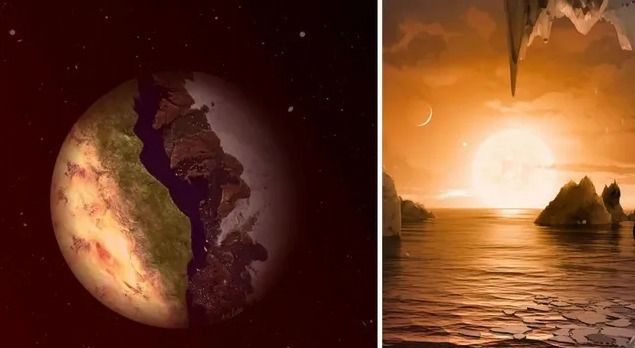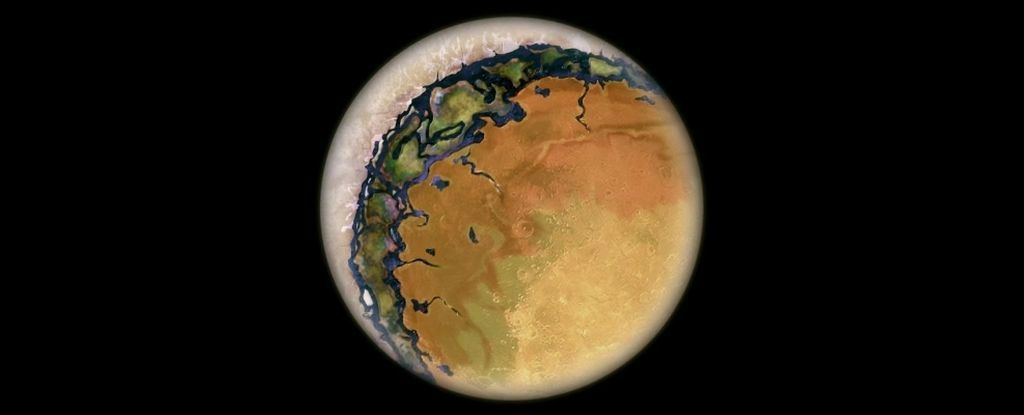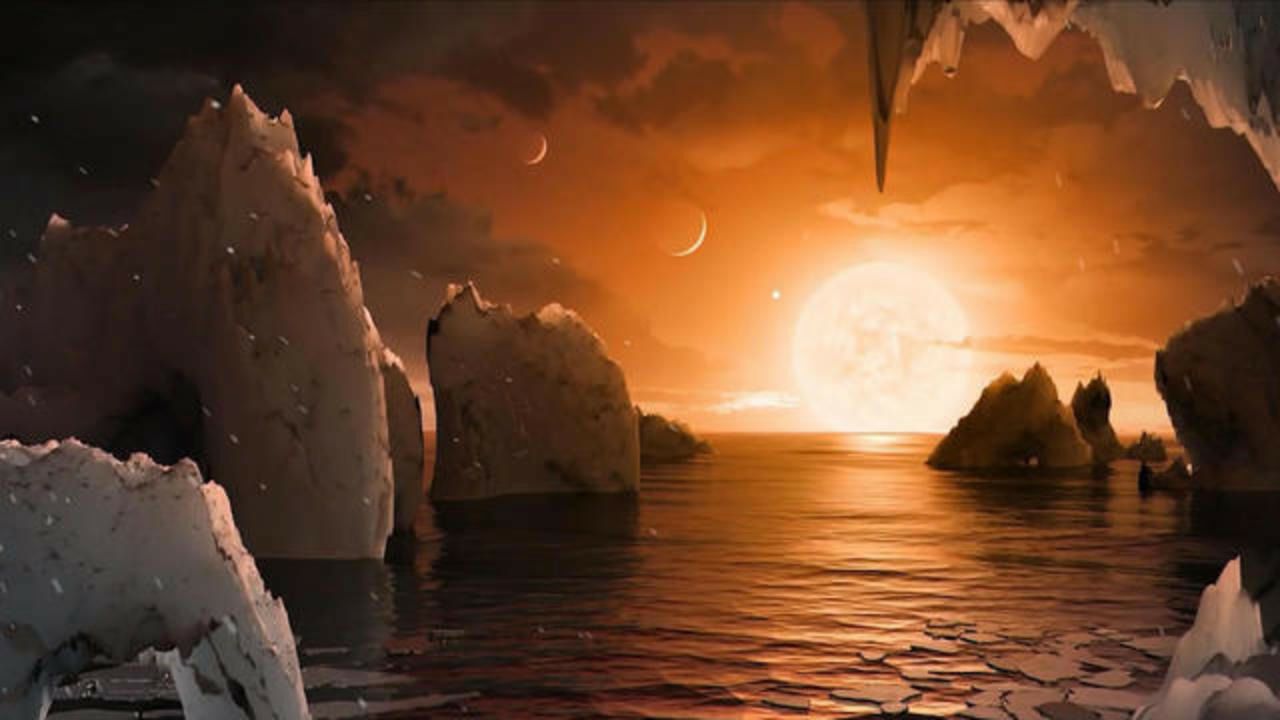Life on harsh planets may be sustained by terminator zones.
As we continue to search for life beyond our own planet, scientists are beginning to explore the possibility of life existing in extreme environments that were once thought to be uninhabitable. One such environment is the terminator zone, which is the boundary between the light and dark sides of a planet.
The terminator zone is an area that experiences extreme temperature variations, as the surface transitions from the intense heat of the day to the freezing cold of the night. This zone is often thought to be too harsh for life to exist, but recent research has suggested that it may actually be a viable location for certain types of organisms.
One of the key factors that could make the terminator zone habitable is the presence of liquid water. While the surface of the terminator zone may be too cold or too hot to support life, there may be pockets of liquid water beneath the surface, shielded from the extreme temperature fluctuations.
In addition, the terminator zone could also provide a source of energy for life. The boundary between light and dark creates a gradient of energy that could be harnessed by certain organisms, much like photosynthesis on Earth.
While the idea of life existing in the terminator zone may seem far-fetched, there are already some indications that it could be possible. In 2018, researchers discovered a type of bacteria that was able to survive in a laboratory simulation of the extreme temperature variations found in the terminator zone.
This discovery opens up new possibilities for the search for life beyond Earth, and suggests that we may need to broaden our definition of what constitutes a habitable environment. While the terminator zone may be a harsh and challenging environment, it could also provide a niche for life to exist and thrive. As we continue to explore the universe, we may find that life exists in even more extreme environments than we ever thought possible.
Hits: 4








